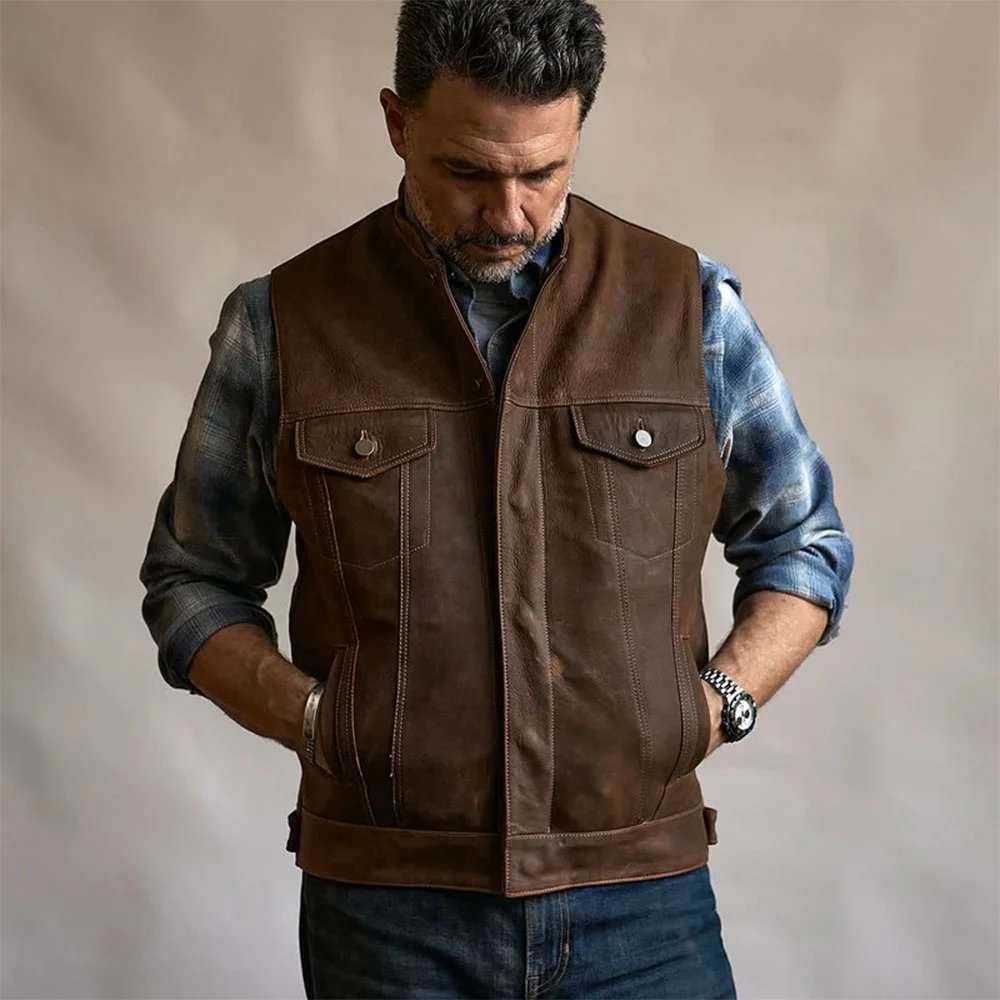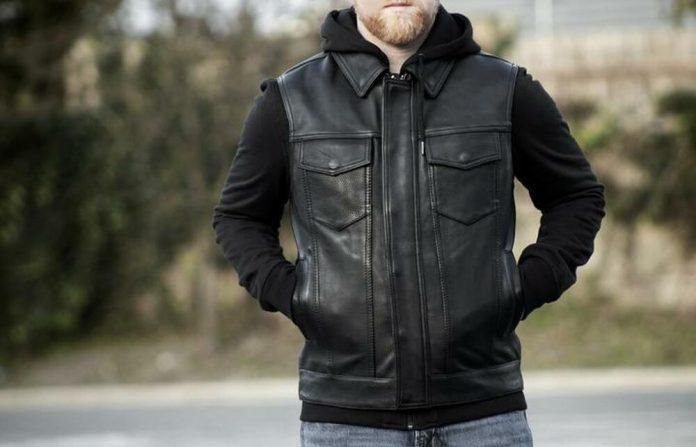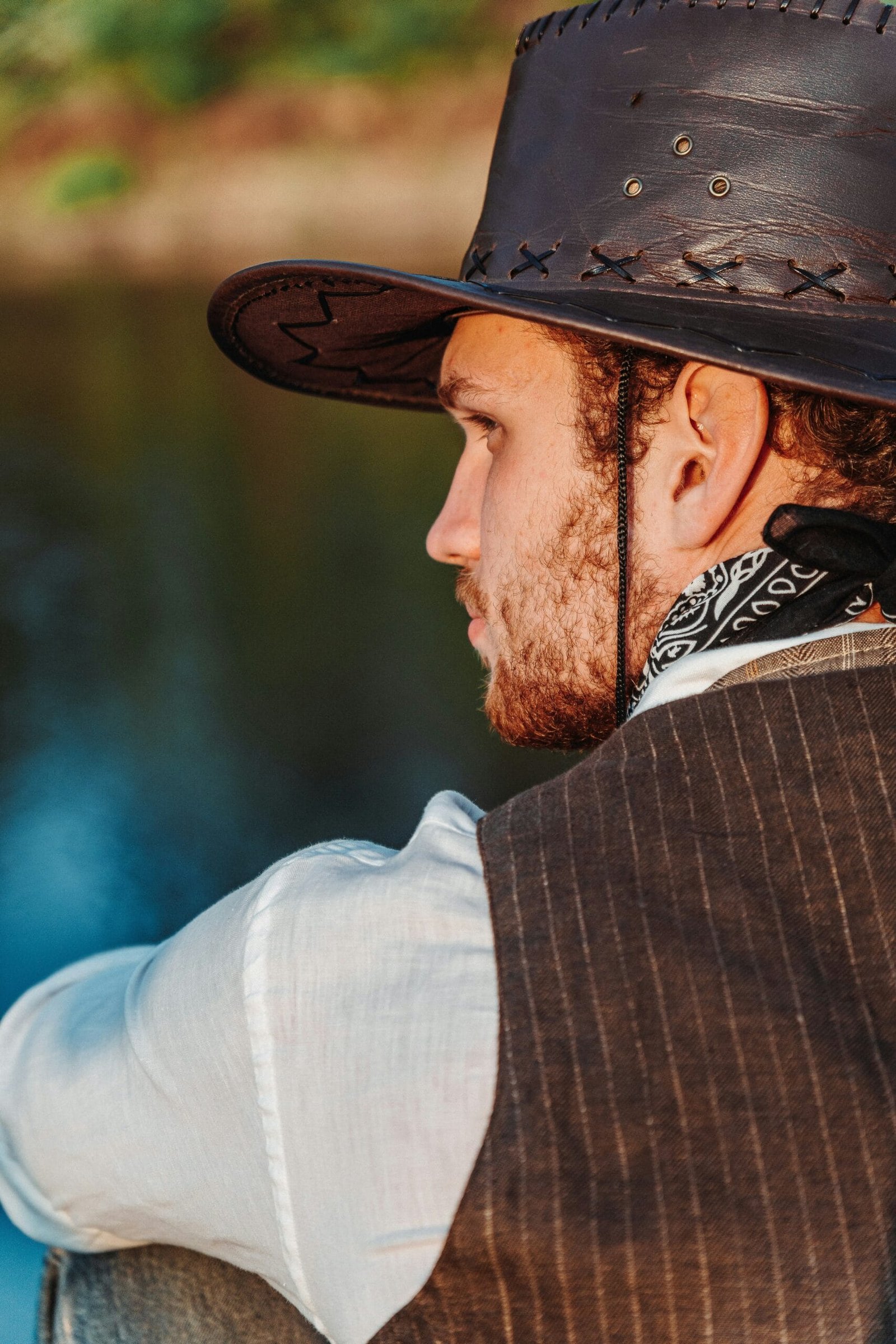Can leather vest get wet
Introduction to Leather Vests
Leather vests have become a prominent choice in both fashion and outdoor activities, appreciated for their versatility and style. Available in various types, leather vests can be broadly categorized into genuine leather, faux leather, and other synthetic materials. Genuine leather vests, crafted from animal hides, are prized for their durability and unique patina that develops over time. On the other hand, faux leather vests offer an animal-friendly alternative, appealing to environmentally and ethically conscious consumers. These vests may not have the same longevity as their genuine counterparts but still provide an aesthetically pleasing option, often at a lower price point.
The fashion industry recognizes leather vests as timeless garments that can be paired with various outfits, from casual to semi-formal looks. Their popularity extends beyond everyday wear; outdoor enthusiasts frequently utilize leather vests for activities such as motorcycling, hiking, and camping. The rugged construction of leather provides both protection and style, making these vests suitable for diverse environments.

Understanding how water affects leather garments is crucial for maintaining their appearance and longevity. Leather is a porous material, and exposure to moisture can lead to detrimental effects, such as staining, stiffening, and even mildew growth. This makes it particularly important for wearers to recognize the appropriate care and maintenance practices for both genuine and faux leather vests. By grasping the right techniques to protect these garments, individuals can ensure their investments continue to serve them well, showcasing the true beauty of leather for years to come.
Effects of Water on Leather
When considering whether leather vests can withstand getting wet, it is essential to understand how water interacts with leather materials. Leather is a natural product made primarily from animal hides, which are treated through a process called tanning. Depending on the type and quality of leather, various components can be affected by exposure to moisture, leading to several potential issues.
One of the primary concerns is warping. When leather gets wet, the fibers within the material can swell, causing the shape and structure of the leather to change. This warping may affect the fit and overall appearance of the leather vest. Additionally, moisture can lead to staining. Water can mix with dirt or oils present on the surface of the leather, creating unsightly marks that are often difficult to remove. It is worth noting that some types of leather, such as suede or nubuck, are particularly susceptible to water-related stains, which can leave them looking discolored and worn.
Another critical aspect is the loss of durability. Leather is prized for its strength and longevity; however, frequent exposure to water can weaken its fibers, resulting in a decrease in the material’s overall durability. This deterioration can manifest as cracks or stiffness in the leather over time. It is also important to differentiate between the types of wetting leather can experience. Light contact with rain or spills may have minimal effects if addressed promptly, while immersion in water poses a significantly greater risk of damage.

Understanding these interactions is crucial for maintaining the integrity of leather vests. Knowledge of the varying levels of exposure and their consequences can help owners make informed decisions regarding care and maintenance.
How to Protect Your Leather Vest from Water Damage
Leather vests are both stylish and versatile, making them a popular choice for many occasions. However, exposure to water can lead to irreversible damage, making it essential to take proactive steps to protect these garments. One effective measure is to apply a quality waterproofing spray specifically designed for leather. These sprays form a protective barrier against moisture and can significantly reduce the risk of water damage. It’s advisable to apply the spray in a well-ventilated area and allow it to dry thoroughly before wearing the vest.
In addition to waterproof sprays, the use of leather conditioner plays a vital role in maintaining the longevity of your vest. A good leather conditioner not only nourishes the material but also creates a layer of protection against moisture. Regular conditioning, ideally every few months, helps keep the leather supple and less prone to drying or cracking, which can occur when the material absorbs water. When selecting a conditioner, opt for products that contain natural oils and waxes to ensure optimal results.

Proper storage of your leather vest is equally important in protecting it from water damage. When not in use, store the vest in a cool, dry place away from direct sunlight, which can cause fading and dryness. Use breathable garment bags to prevent dust accumulation while allowing air circulation. Furthermore, before venturing out, it is prudent to check the weather forecast. If rain is expected, consider wearing a different outfit or opting for a waterproof alternative to safeguard your vest. Lastly, if you do find yourself caught in a downpour, promptly dry the vest using a soft cloth and allow it to air dry away from heat sources to mitigate any potential damage.
What to Do if Your Leather Vest Gets Wet
When a leather vest gets wet, it is essential to act quickly to mitigate potential damage. The first step is to gently blot the wet area with a soft cloth or absorbent paper towel to remove excess moisture. Avoid rubbing, as this could disturb the leather’s surface and cause further damage. It is advisable to refrain from submerging the vest in water or using harsh chemicals; instead, focus on drying the leather naturally.
Once you have blotted the moisture, allow the vest to air dry in a well-ventilated space, away from direct sunlight and heat sources, such as radiators or hair dryers. Leather is sensitive to heat, which can lead to cracking and loss of texture. It may take some time for the leather to dry completely, but patience is vital to preserving its integrity. Avoiding a rapid drying process ensures that the leather retains its natural oils and shape.
After your vest is dry, it’s crucial to revive its appearance and flexibility. A quality leather conditioner can help restore moisture and suppleness to the material. Apply the conditioner evenly with a soft cloth, following the manufacturer’s instructions. This step not only improves the look of the vest but also protects it from future exposure to moisture and helps extend its lifespan.

If the leather vest shows signs of stretching or warping, it may be beneficial to seek professional care. Skilled leather artisans can address extensive damage and recommend suitable restoration products. Additionally, regular maintenance, including cleaning and conditioning, is crucial in preventing long-term water damage and ensuring that your leather vest remains in excellent condition for years to come.


